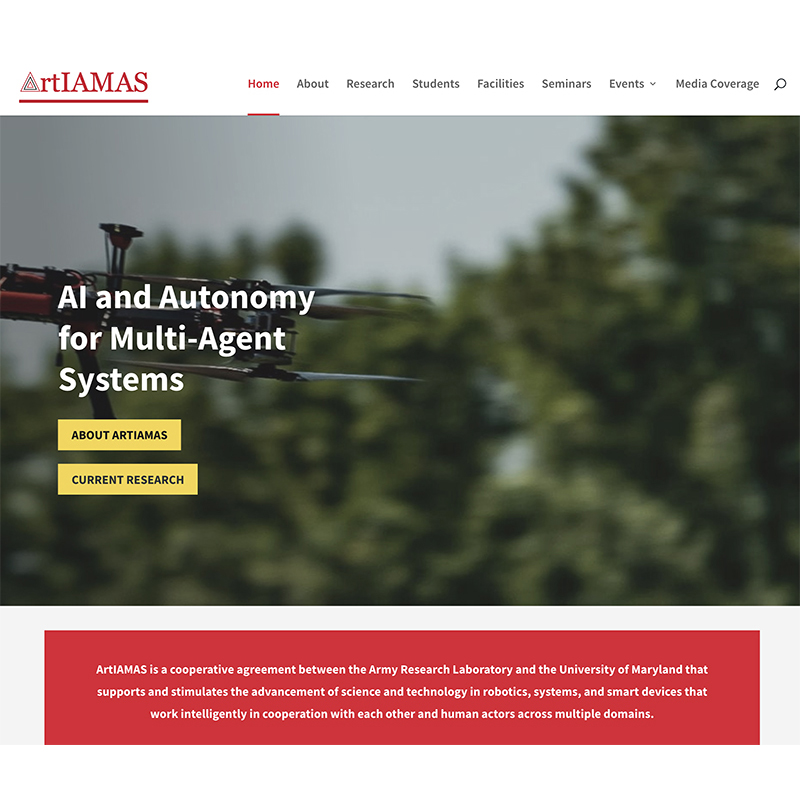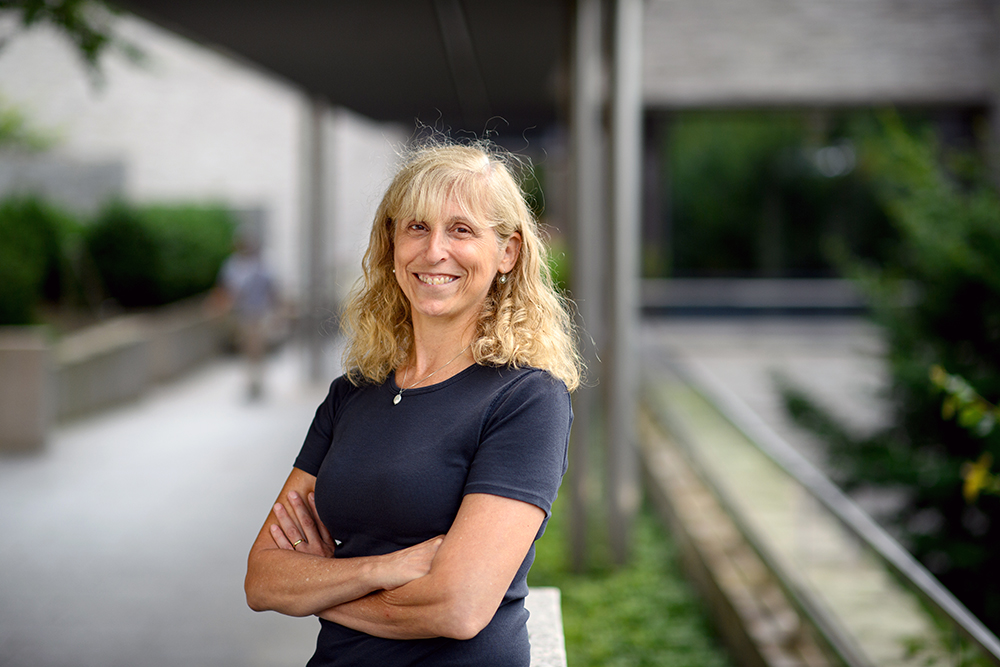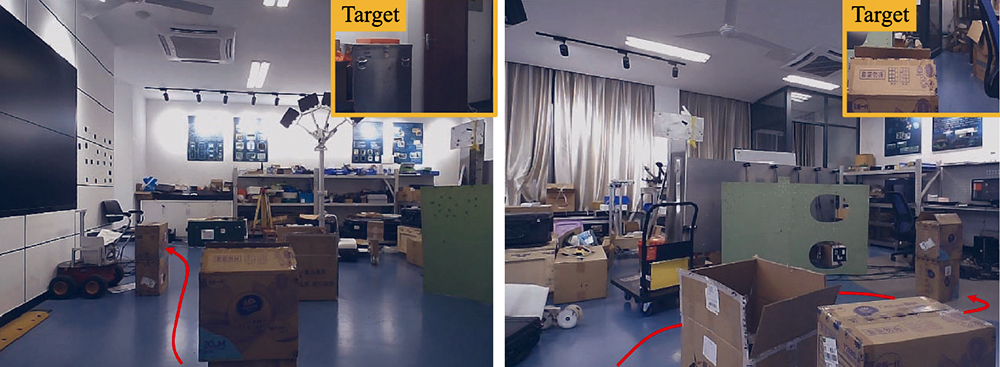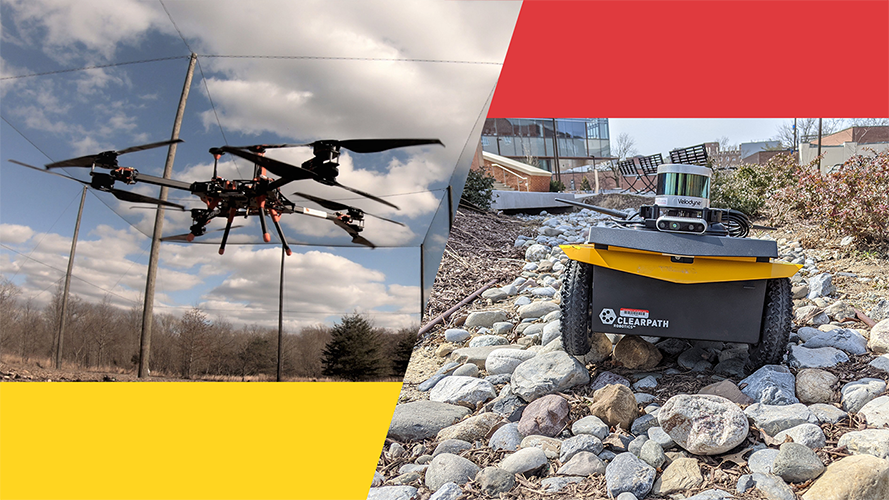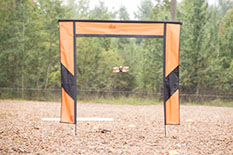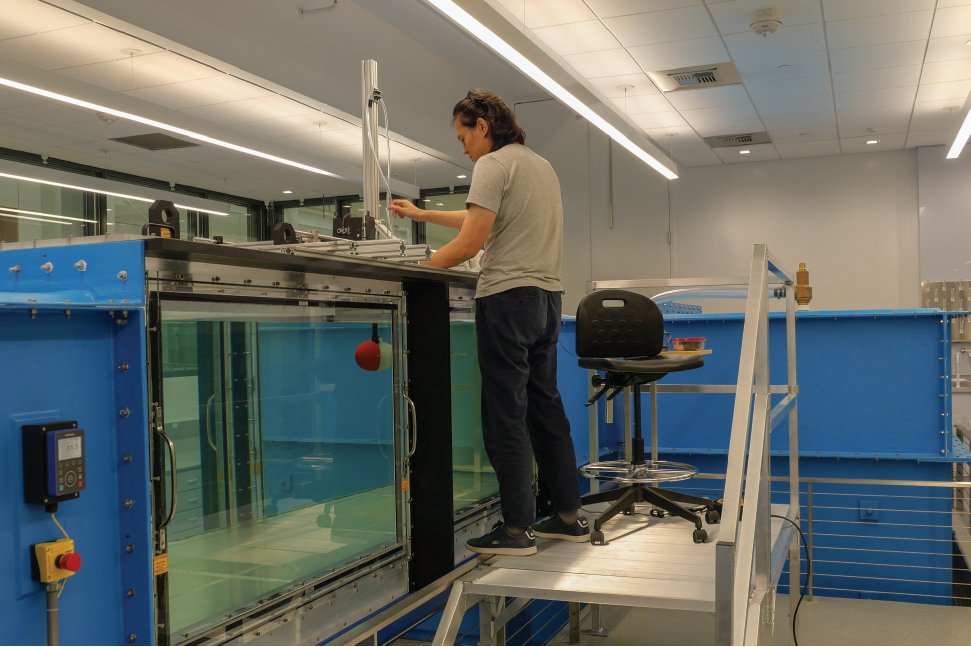News Story
Baras, Sadler part of large ARL DataDrivER project
This one-year, $850K Army Research Laboratory contract is part of Clark School faculty member Don Woodbury (PI)'s larger five-year, $78.2M DataDrivER cooperative agreement.
Distinguished University Professor John Baras (ECE/ISR) is a co-PI for the first-year project, "Integrated Data-Driven and Model-Based Systems Engineering (IDDMBSE)." He is working with long-time ARL collaborator Brian Sadler, another co-PI. As noted below, there are six first-year projects.
About IDDMBSE
The Baras and Sadler team will develop and test an IDDMBSE methodology and integrated software tool-suite for systems engineering that will provide the capability to assess and/or estimate the performance and cost impacts of alternative technologies, designs, decision strategies for cyber-physical and human systems (CPHS) and processes of interest to the US Army and DoD.
Two benchmark use cases will serve as foci for the development and demonstration of the methodology and tool-suite: (a) Sophisticated and highly capable autonomous machines (ground vehicles, aerial vehicles, robots); (b) Autonomous machine teams and human-machine teams (humans, drones, ground vehicles) safely collaborating in a mission or task.
IDDMBSE addresses the entire systems engineering life cycle and will enable decision making at various levels, from high level management to low level engineering design. Year 1 will focus on building digital twins, assembling and implementing the tools, and carrying out systems analysis with ARL for the two use cases. An important goal is dynamic (even runtime) decision/design space exploration via tradeoffs between multiple key criteria and specifications.
A trusted autonomous system self-monitors its task/mission execution and performance, self-learns from this monitoring, and self-adjusts its “knowledge” and task/mission execution. In this project, single agent and multi-agent systems will be investigated, where agents can be UAVs, UGVs, robots and humans. Various quantitative trust metrics will be developed. ARL use cases will be progressively investigated with the new methodology and tools, from single to multi-agent systems, from simple to more complex autonomous machines, and finally to include humans. Safety and risk evaluation and associated assurances are a major concern and objective, especially in dynamically applications and environments.
About DataDrivER
The larger DataDrivER project is managed by the Clark School's Joint Research Laboratories (JRL), which Woodbury directs. Woodbury founded the JRL in early 2023. This engineering unit is focused on joint and collaborative research with federal and corporate partners to create world-class capabilities to perform fundamental and applied research.
On May 25, 2023, the Clark School's Chris Bender wrote the following about the DataDrivER project:
The Army Research Lab has tapped the University of Maryland for an ambitious effort to integrate data science and engineering on a sweeping array of projects, ranging from a “smart nose” to sniff out hazardous materials to lightning-quick “fingerprinting” of cell phones and other radio-emitting devices.
ARL, part of the U.S. Army Combat Capabilities Development Command, recently awarded the A. James Clark School of Engineering a five-year, $78.2 million cooperative agreement to spearhead the Data Driven Engineering Research (DataDrivER) program.
“Engineering and data science are merging,” said Don Woodbury, director of innovation and partnerships for Maryland Engineering. “DataDrivER gives us a chance to make that merger happen more quickly.”
Goals include developing hardware and software—including advanced AI and machine learning algorithms and related analytics—that engage with and extract knowledge from massive data sets to improve decisions made by humans and autonomous systems. Researchers will also focus on data visualization approaches to help people better absorb and interact with data, and understand the conclusions it suggests.
DataDrivER isn’t standard academic-based R&D, Woodbury said: Projects are planned and resourced to support an accelerated 18- to 24-month timeframe from inception to a laboratory prototype demonstration. They’ll build on existing knowledge in a similar manner to pharmaceutical companies’ race in 2020 to develop COVID-19 vaccines.
“We have a fantastic foundation of fundamental research discoveries and a workforce that is at the leading edge of key emerging technologies,” he said. “We can leverage our technology and workforce to efficiently deliver compelling research outcomes to our partners and sponsors in a timeframe that is not typical for university research.”
Six projects are planned for the partnership’s first year:
- Classification and Information Retrieval in Massively Large Databases: Investigate ultra-fast reservoir computing to parse very large datasets in real time to provide fingerprinting of radio frequency emitters.
- Cyber-physical Systems Data Analytics and Sandbox: Create tools that collect and assess large data streams from complex systems like connected and autonomous vehicles, robotics platforms and UAVs to identify and mitigate potential cybersecurity threats.
- Integrated Data-Driven and Model-Based Systems Engineering: Add large datasets to a modeling environment to assess performance and cost impacts of various technologies for an autonomous ground vehicle and on design strategies for complex systems.
- Living Microelectronics—A Smart Nose: Develop the first device that facilitates direct information transfer between biological sensors and a microelectronic interface to identify chemicals, biologicals and pathogens.
- Mobility Analytics and Sandbox: Advance the real-time fusion and visualization of data for anything that can move (vehicles, aircraft, equipment, medical supplies), and develop analytics that support improved decision-making and more efficient movement of people, equipment and supplies on complex multimodal networks.
- Multimodal Neural Dynamics Platform: Design, build and harness the unique capabilities of a living neural network to engineer hybrid AI architectures with the efficiency, adaptability and resilience of biological systems.
UMD’s close proximity to the nation’s capital and core government research institutions like ARL provide UMD with unique opportunities for collaborations like these, Clark School Dean Samuel Graham, Jr. said.
“We seek impactful innovations and discovery with our research, exploring new possibilities and multidisciplinary solutions in every engineering discipline—from industrial AI to autonomous systems that better serve our service members,” Graham said. “We hope our ARL partnership serves as inspiration for other collaborations inside and outside our university, and look forward to jointly creating new solutions that merge big data and classical engineering.”
| View this story on the Clark School website |
Published May 25, 2023
